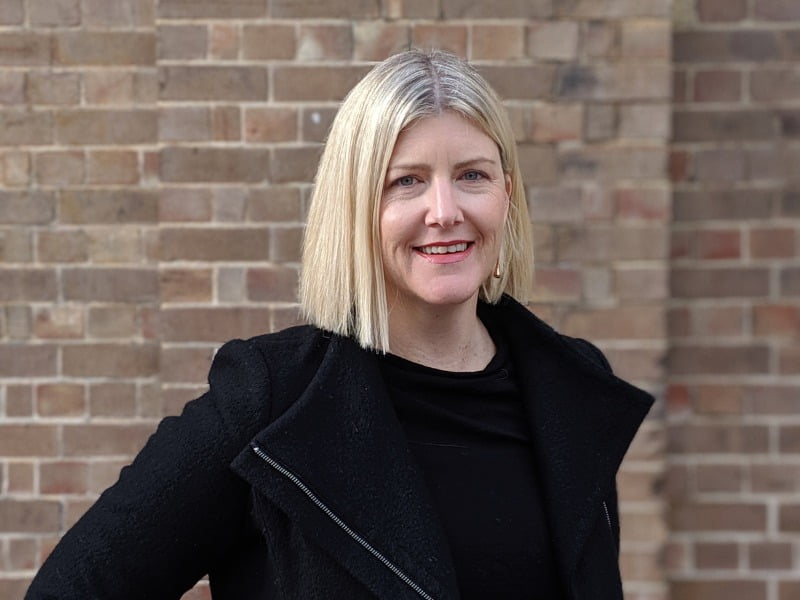The multi-stage consultation process on the federal government’s Pathway to Diversity in STEM Review has begun, with panel chair Sally-Ann Williams imploring industry and society to join in the efforts to foster diversity.
Announced last September, the review is seeking to identify barriers faced by underrepresented groups in entering, participating, and staying in STEM.
The review’s dialogue starter paper was released on Friday and poses questions on Australians’ understanding, biases, and stereotypes about STEM.

Although acknowledging the review is in its “very early stages”, independent panel chair and Cicada Innovations chief executive Sally-Ann Williams said there is already a “real recognition from people… that [the lack of diversity] is a systemic problem” that can’t be solved with a single program or policy lever.
“We need to have an approach that looks at the entire system and can make recommendations for things for government to do and act on, things for industry to do and act on, and things for community to do and act on,” Ms Williams told InnovationAus.com.
“It’s a complex challenge that requires a systemic solution and requires a collaborative solution. That is more than just governments.”
According to the review’s terms of reference, Women make up 16 per cent of people with STEM qualifications. Of First Nations people, only 0.5 per cent hold university-level STEM qualifications.
Industry and Science minister Ed Husic welcomed the launch of the consultation process, and sought to remind people of its significance.
“We want to call up skills from all corners of our community and put them to work growing our economy. This review is part of that effort,” Mr Husic said.
“This review will provide us with the evidence, insight and recommendations to make sure the policies and programs we deliver as government are having maximum impact. Improving diversity and inclusion in our STEM workforce will increase the range of views and ideas that Australia needs to unlock our full potential.”
Ms Williams told InnovationAus.com that she is excited by what seems to be an appetite from leadership across government, society, and industry to look for systemic levers of change, based on early conversations.
“We’ve heard a couple of stories already from people that are saying to us, ‘you know, a decade ago, I would have walked into a room and had this conversation and it wouldn’t have been well received or it would have been very difficult to get buy-in, but now I’m having those same people or those same leaders… coming to me and seeking my advice or seeking out solutions to the changes that they want to see’,” she said.
The dialogue starter paper calls for a more inclusive understanding of STEM which ensures people aren’t excluded or targeted “because of their ability, age, gender expression race, religion, sexual orientation, or other traits”.
In particular, the paper highlights a common bias that ‘doing science’ involves “working in a laboratory, wearing a white coat and using test tubes”, which is exclusive of other valid and important First Nations methods for developing Knowledge of Country.
Ms Williams highlighted that many First Nations groups who work in caring for country don’t necessarily identify as a STEM professional “until you talk them through what that means”.
She added that the consultation process has been carefully designed to ensure as many diverse and underrepresented voices as possible are heard, “not just from women, but from other underrepresented groups and migrants”.
“You get the same voices speaking up and participating. You always get people who have the means to participate and already are fully engaged in maybe a government or policy review process,” Ms Williams said.
“We’ve spent a lot of time trying to get it right and recognise that we’ll still be learning as we go, but really actually including voices and pathways for participation for people who don’t see themselves as being in STEM careers.”
Occurring at the same time is a review of the federal government’s Women in STEM programs. While Ms Williams said the review is still in its early stages, she highlighted the importance of understanding the programs holistically and acknowledging they don’t operate in a silo.
“We’re actually understanding that these things are deeply embedded in systems and structures and there might be structural things that we also need to do to give a program the best chance of success,” Ms Williams said.
With first submissions “encouraged” by April 11, further submissions will still be accepted until May 12. Feedback will then be sought on draft recommendations in July 2023 before final recommendations are handed to the Science and Industry minister Ed Husic in October 2023.
The dialogue starter is also being translated into other languages and submission via videos or not in English are equally welcome.
Do you know more? Contact James Riley via Email.


Numeracy and literacy start in childhood. The Guardian reported in 22 that Australia is failing to make progress on literacy and numeracy levels despite more investment in schools. The report stated that academic results for foundational skills such as reading, writing and numeracy had been “flat for over a decade”. Read the article at hxxps://www.theguardian.com/australia-news/2022/oct/05/australia-failing-to-make-progress-on-literacy-and-numeracy-despite-investment-reports-finds. (Sally-Anne did an arts degree in Japanese, and MA in International Relations in Japanese and a leadership course. She can be a great person but there’s zero STEM subjects in the whole academic record. Could we stop this please. Thanks.)